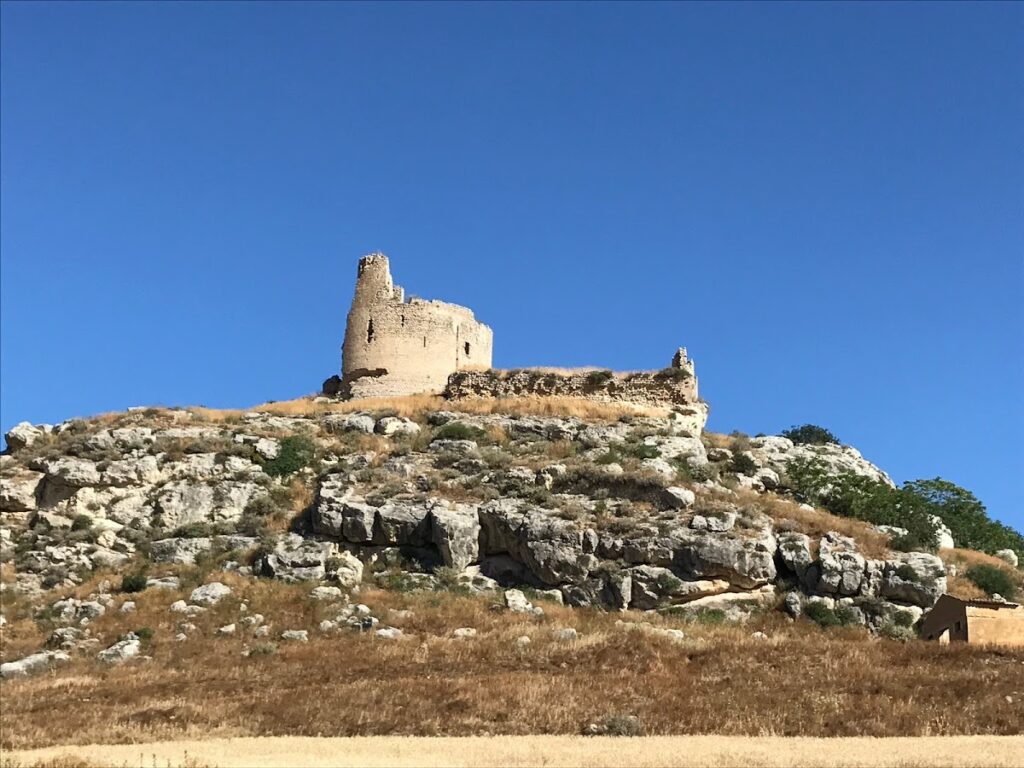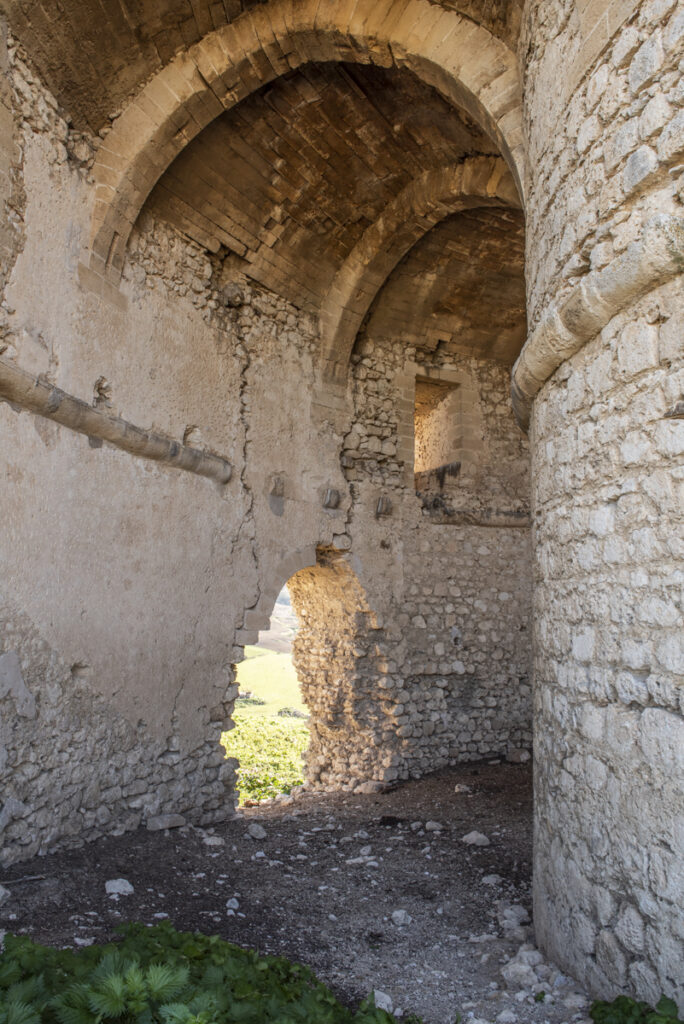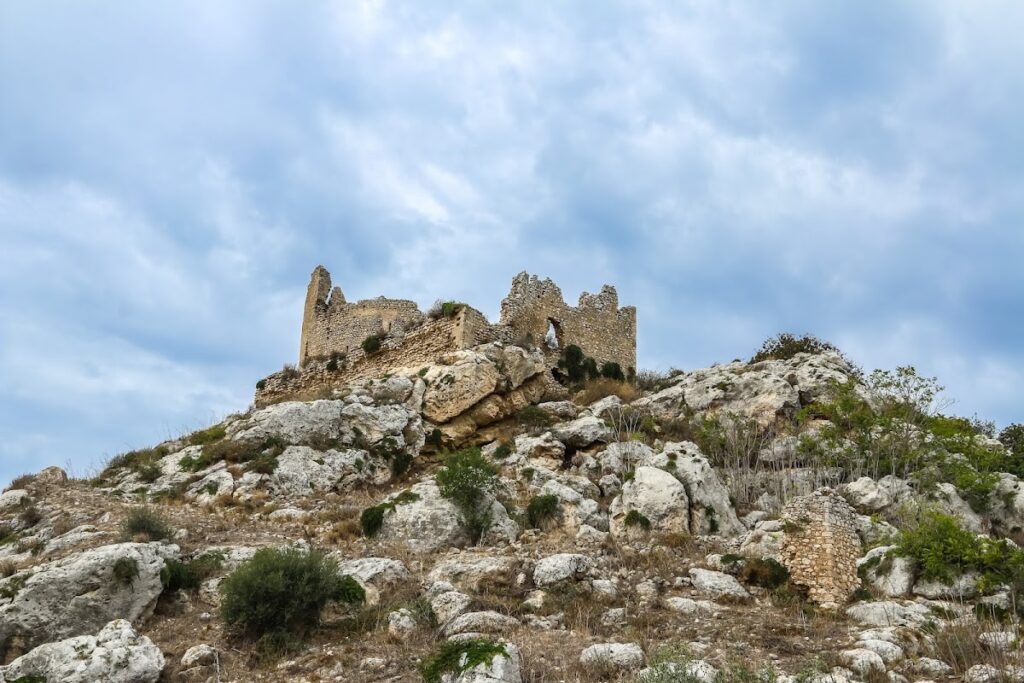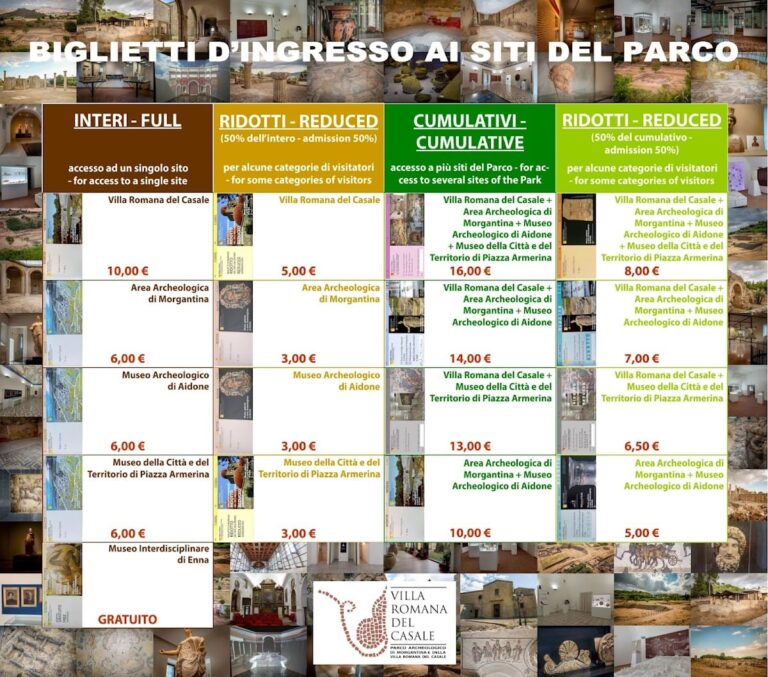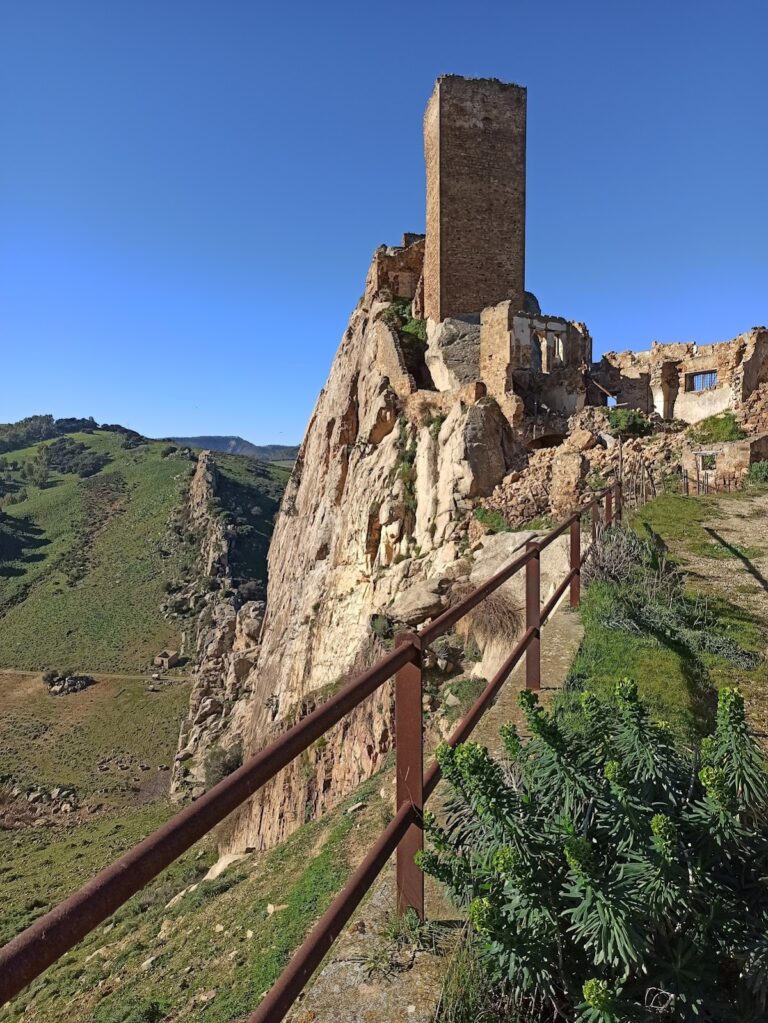Castello di Mongialino: A Norman-Era Fortress in Mineo, Italy
Visitor Information
Google Rating: 4.4
Popularity: Very Low
Google Maps: View on Google Maps
Country: Italy
Civilization: Unclassified
Remains: Military
History
The Castello di Mongialino stands in the municipality of Mineo, Italy, originally constructed by Norman builders during the late Middle Ages. This fortress occupies a strategic position near the Pietrarossa river, close to the border with the province of Enna, within the district known historically as Montalfone.
The castle’s beginnings trace back to the Norman domination of Sicily in the 12th century. Around 1150 to 1180, it was held by the prominent Paternò family, including Costantino II Paternò, who bore several noble titles such as count of Buccheri, Butera, and Martana. By the late 12th century, ownership passed to the de Luci family, whose Norman descendants included Count Bartolomeo de Luci and his daughter Margherita, mentioned in records from 1199. In 1200, the castle transferred to Manfredi di Mazzarino, after which it became property of the Sicilian crown in 1287 during the period of royal reconsolidation.
The 14th century saw further changes in lordship. In 1320, Blasco Lancia acquired the castle, reflecting its ongoing strategic and noble importance. Subsequently, the fortress came under the possession of Manfredi III Chiaramonte in 1355, a member of a powerful Sicilian family that exerted considerable influence during that era.
Historical accounts by the Renaissance historian Tommaso Fazello, who referenced the castle in his 1558 work De Rebus Siculis Decades Duae, affirm the site’s continued recognition in Sicilian history. Later, the abbot Vito Amico noted in his 1757 Lexicon topographicum siculum that the castle was largely intact during his time and that efforts had been made in the 17th century to revive the surrounding area through repopulation initiatives.
Archaeological research has revealed that the hill on which Castello di Mongialino is built had long been inhabited, with evidence of settlement dating back to the Bronze Age around the 12th century BCE. This deep human presence highlights the location’s longstanding significance well before the medieval period.
Remains
The remains of Castello di Mongialino are dominated by a massive circular donjon, or central tower, which originally rose through four floors interconnected by an internal staircase. Today, approximately half of the first floor still stands, alongside fragmentary evidence from the second floor, giving insight into its original solid and defensive design. The donjon served as the castle’s main stronghold and place of refuge.
Encircling the donjon is an irregular polygonal curtain wall, built with stone and demonstrating strategic fortification methods of the late Norman era. Portions of the battlements, the defensive parapets that once crowned the walls, remain visible, providing evidence of the castle’s martial architecture.
Within the heart of the cylindrical donjon lies a large cistern built at ground level, intended to gather rainwater from the roof. This feature was essential for sustaining occupants during sieges or periods cut off from external water sources.
Presently, the castle is completely abandoned and shows serious signs of structural deterioration. Deep fissures threaten the integrity of the remaining masonry, and stones forming arches and sections of the roof are at risk of falling. These conditions highlight the urgent need for stabilization and repair to prevent the loss of this historical monument.
Historical documentation, including observations from scholars of the 16th and 18th centuries, confirms that the structure remained largely intact for several centuries after construction. Attempts to restore or repopulate the district around the castle were recorded in the 1600s, acknowledging the site’s enduring role within its landscape despite periods of decline.


